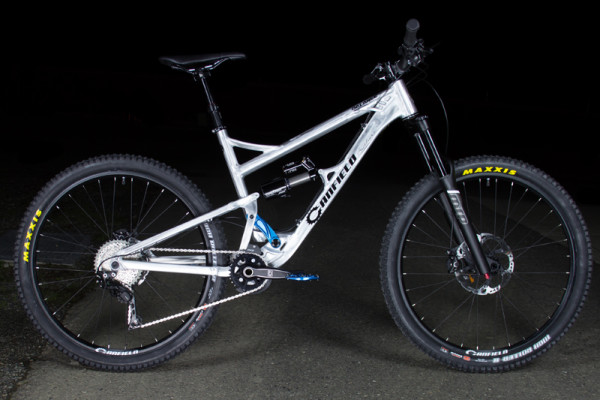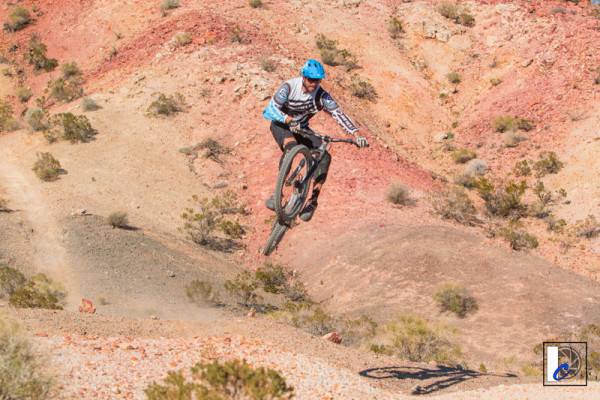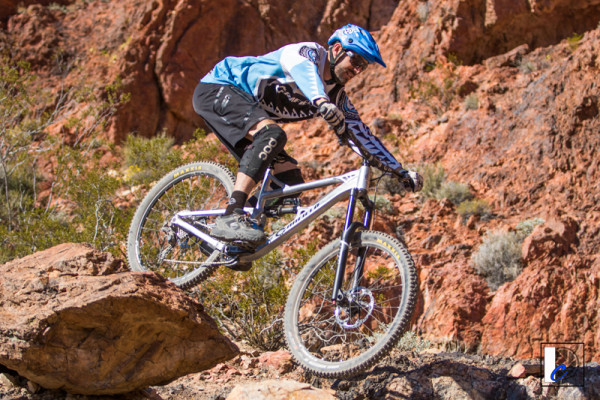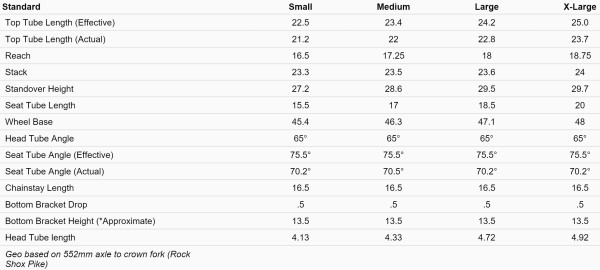When you and your brother are both pro level gravity fed riders as well as bike designers, you can go out and design the very bike you want to ride. It also means that it’s highly unlikely you’ll quit thinking of ways to improve it. Chris and Lance, better known as the Canfield Brothers have built a business on this cycle of design, ride, and repeat. Now in its third iteration, the latest enduro rig from Canfield is a Balance between all of the design features that allow you to pedal up and still bomb down…
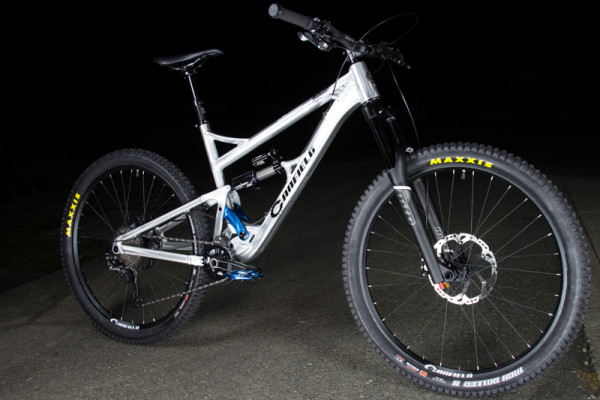
Chris and Lance Canfield have some major pedigree at the top levels of mountain bike competition with Lance having competed in the first four Redbull Rampages, while Chris raced as a pro downhiller chasing world cups. Having piloted many of the rigs they designed, the Balance was to be…. well a “balance” between something that could be ridden daily, but able to completely bomb some of the gnarliest descents. They actually designed the first Balance well before Enduro was even a thing. The 2nd generation Balance we covered last year came with 27.5 wheels and a the standard at the time 66° head angle.
To make the 3rd generation Balance more capable, they increased the travel from 160 to 165mm with a lower leverage ratio to give it a more consistent, smooth travel in harsh conditions and a more progressive stroke before bottoming out on big hits. They also developed a new CNC machined upper link to increase stiffness and the new rear triangle gives you a little more tire clearance. To make it even more bomb-proof, they are now making the entire frame out of 7005 series aluminum. Handling is kept playful and confident with an aggressive 65-degree head-angle and short 16.5-inch (419-millimeter) chainstays pivoting on their CBF (Canfield Balance Formula) suspension platform.
The balance frame is available in Ano Black or Factory Raw, and you can choose what ever color link you want between, black, red, blue, fern (DVO) green, purple or orange. The Balance is available for pre-order to start shipping the first part of January with retail set at $2,099.
Features:
- 27.5” Aggressive All Mountain
- 7005 aluminum with an all new, stiff CNC’d upper link
- Patented Canfield Balance Formula Suspension
- 165mm travel
- 216mm x 63mm Cane Creek Double Barrel Air CS included
- 142 x 12mm rear dropouts, axle included
- Tapered headtube
- 15mm and 20mm pivot bearings
- Replaceable rear derailleur hanger, spare hanger included
- Anodized and factory raw frame options
- Available in Small, Medium, Large and X-Large
Build Specs:
- Cane Creek Double Barrel DB Air CS included
- Shock Specs – 216mm x 63mm, (22mmX8mm/36mmX8mm hardware)
- Recommend fork length – 160mm – 170mm
- Headset – Tapered 44mm upper/49.6mm lower
- Front derailleur – Not available
- Bottom bracket – 73mm, threaded
- Seatpost – 30.9mm, stealth dropper compatible
- Seatpost clamp – 35mm
- Rear dropouts – 142mm x 12mm, Canfield axle included
- ISCG tabs – ISCG 05
- Brake mount – IS brake mount.
